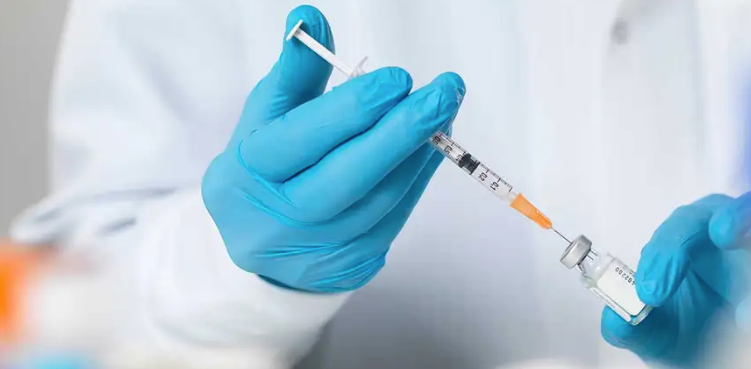
Image credit: shutterstock
Many disease-causing bacteria like Streptococcus pneumoniae (S. pneumoniae) are encased in a sugar layer called the capsular polysaccharide (CPS). This layer is often essential for infections. In a ground-breaking discovery by scientists from the Yong Loo Lin School of Medicine, National University of Singapore (NUS Medicine), features of the CPS that help the bacteria to colonise the human respiratory tract were identified.
The research showed that the structures of the CPS capsule and its types of linkages and combinations matter greatly in allowing the bacteria to better attach and survive on the lining of the upper and lower human respiratory tracts.
This finding can shed more light on the range of CPS types to be included in future vaccines, as current vaccines against S. pneumoniae do not cover the many types of CPS produced by the bacteria.
S. pneumoniae is a major driver of pneumonia, septicaemia, and meningitis. To fight against the deadly infections, pneumococcal vaccines are administered to stimulate antibody production to the CPS. However, the bacteria can manipulate their CPS structure to evade these antibodies. This biochemical warfare results in more than a hundred types of CPSs produced by S. pneumoniae, which increases the challenge of producing effective vaccines




